We are supplying black/green/brown cardamom with the following details
Specifications: Cardamom
Commodity: Green Cardamom
Variety: AGB
Color: Deep Green, Fast Green
Size: Whole 6-7, 7-8, 8-9 mm or higher
Foreign Matters: Up to 2% Basis.
Immature Cardamom: Up to 3% by count Max.
Thrips: 3 by count Max.
Shelf Life: 24 Months
Drying: Sun Dried
Sizes Available:-
- Medium Green – 5.5mm to 7mm
- Green Bold – 6mm to 7mm
- Jumbo Bold – 6.5 mm to 8mm
- Super Bold – 7.5 mm to 8mm
HEALTH BENIFITS:-
| NUTRIENTS | VITAMINS | MINERALS |
| DIETRY FIBER112% | VITAMIN C 35% | MANGANESE 1400% |
| CARBOHYDRATES 23% | THIAMIN 13% | IRON 78% |
| PROTEIN 22% | VITAMIN B6 11% | MAGNESIUM 57% |
| CALORIES 16% | RIBOFLAVIN 11% | ZINC 50% |
| Product Details | Product Value |
| Product Type | Single Herbs & Spices |
| Type | Green Cardamom |
| Shelf Life | 2 YEARS |
| Weight (kg) | 50 |
| Color | Green |
| Shape | Stick/Powder |
| Certification | HACCP / ISO |
| Processing Type | Raw |
| Style | Dried |
| Drying Process | AD |
| Yellow Pods | 1%max |
| length | 40mm – 80mm |
| Moisture | 14% |
| Admixture | 1% |
| Broken | 4% max |
| Foreign Materials | 2% max |
| Taste | Hot / Spicy |
| Application | Seasoning |
| Loose Seeds | 2% Max |

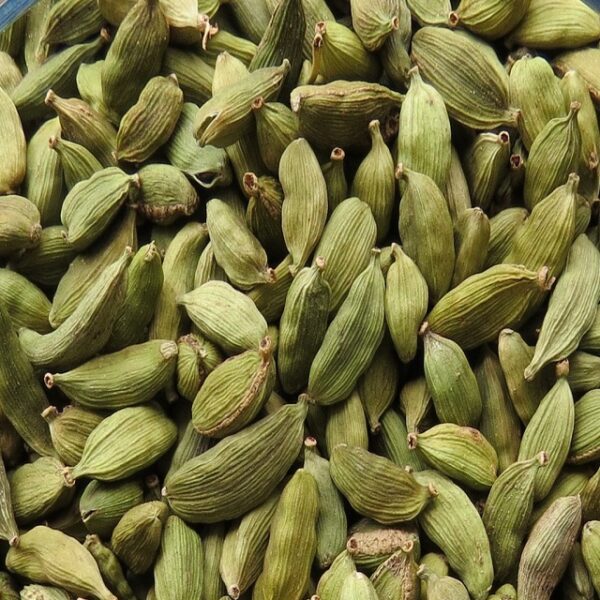
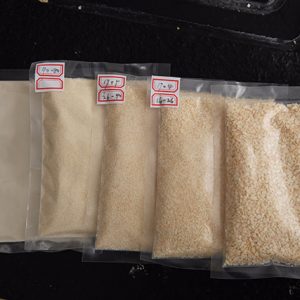
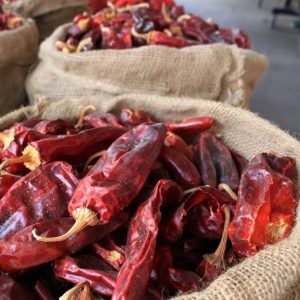
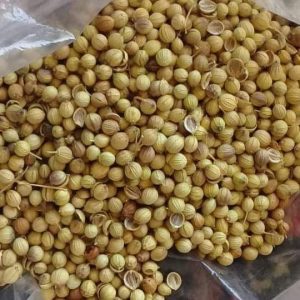
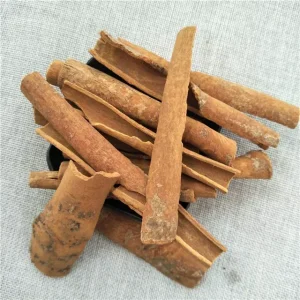

Reviews
There are no reviews yet.